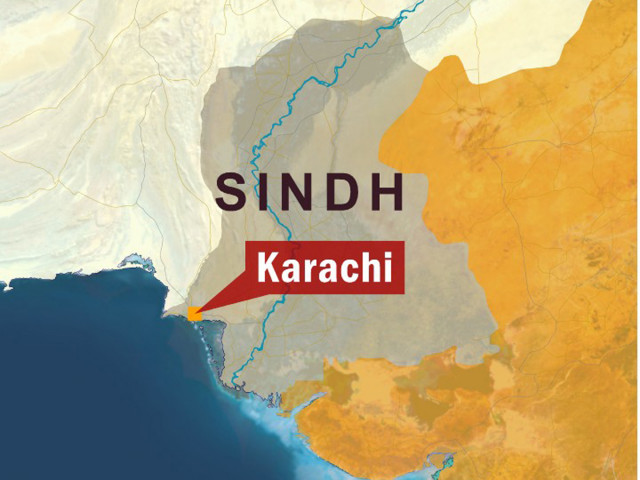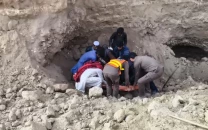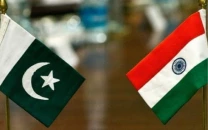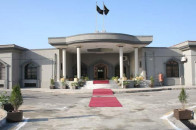Surgery taps into spine for answers
Surgery on a spinal cord injury patient has raised hopes for people confined to their beds or wheelchairs.

“It’s the first autologous surgery performed in Pakistan and its results will determine the future course of this treatment in the country,” said Dr Sattar Hashim, a neuro-spinal surgeon and medical director of the Neurospinal and Medical Institute (NMI) where the operation was performed.
He claims that if the technique proves to be successful, it carries tremendous hope for patients suffering from para or quadriplegia - an otherwise incurable spinal cord injury that results in a loss or impaired function of the spinal cord.
Thirty-five-year-old Tahira Jamal, who underwent the surgery on Aug 6, says even if the treatment fails, she has nothing to lose as her condition won’t change. She is bedridden and totally dependent on her husband and sister to help her eat, change clothes and look after her two teenage daughters. It cannot get any worse for her.
“I have faith in God and if there’s a cure for me, it will come my way.”
Dr Hashim said the patient will be kept under observation for about three to six months and then the final analysis will determine whether the treatment was successful or not.
Another patient, Tariq, who was told by doctors that he will never walk again after a road accident in January this year, says though people have been good to him so far, there’s nothing much left in life.
“Sometimes I feel like punching people when I need anything,” he said.
Reema Erum, 18, who fell from her roof from the third floor and broke her backbone and limbs, was supposed to have her rukhsati after Eid.
“I don’t think it will happen now,” she said.
Life is not easy for the attendants of such patients as well. “Nobody can understand how hard it is to clean up a grown-up. Only a mother or a wife can bear such a burden,” said Nasreen, a patient’s mother who has been with her 38-year-old son in the hospital since his accident 37 days ago. She said her daughter-in-law is at home taking care of her three children.
In Pakistan, many desperate patients had little recourse other than massages for such injuries. Nasreen rubs different oils on her son’s legs despite repeated reminders from the doctor that nothing will work.
A masseur, who helps patients at his residence in Manzoor Colony, claims that he will cure her son.
Dr Tahir Shamsi, director of the National Institute of Blood Diseases and Bone Marrow Transplantation, told The Express Tribune that he imported equipment worth Rs80 million from Germany to isolate stem cells from the bone marrow of the patient.
He said the therapy is a breakthrough in the medical world as it involves the isolation of the CD 133 positive stem cells from the bone marrow that have the ability to differentiate and make cells of the spinal cord and brain.
It was initially believed that brain cells have no regenerative powers, but seeing the plight of para or quadriplegic patients in Pakistan, the doctors decided to use the therapy to treat neuro-spinal injuries.
Dr Shamsi says those who can afford treatment abroad go to countries such as Germany, South Korea, Singapore or China for procedures that cost between $40,000 and $50,000. Around 50 or 100 patients go abroad for these treatments every year, he said.
“Stem-cell grafting has the potential to be used to treat a variety of diseases involving the brain, heart, liver, skin and pancreas.”
Similar techniques for spinal cord injuries are also being used in countries such as India, China, the UK, Germany and the US and the results have been quite successful.
Published in The Express Tribune, August 10th, 2010.



















COMMENTS
Comments are moderated and generally will be posted if they are on-topic and not abusive.
For more information, please see our Comments FAQ